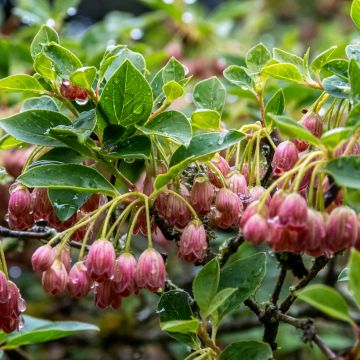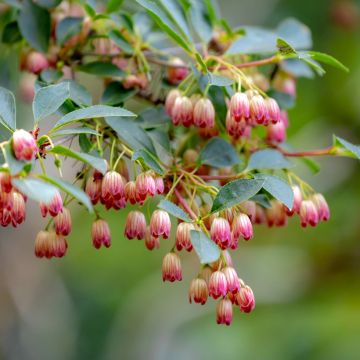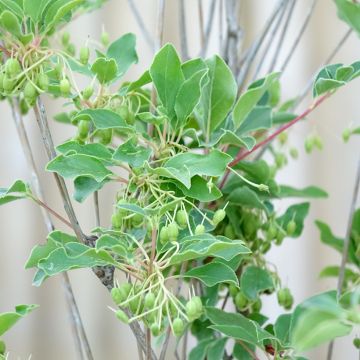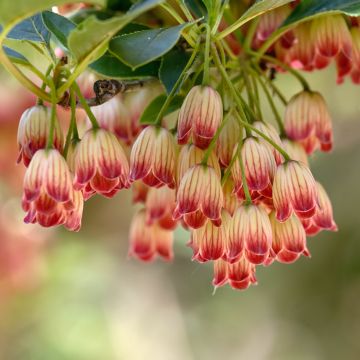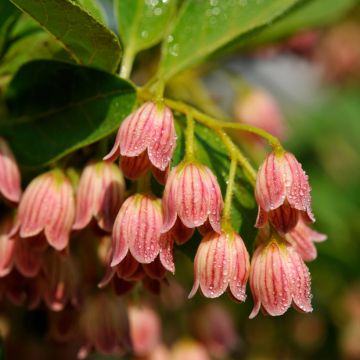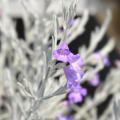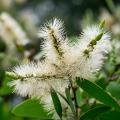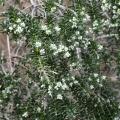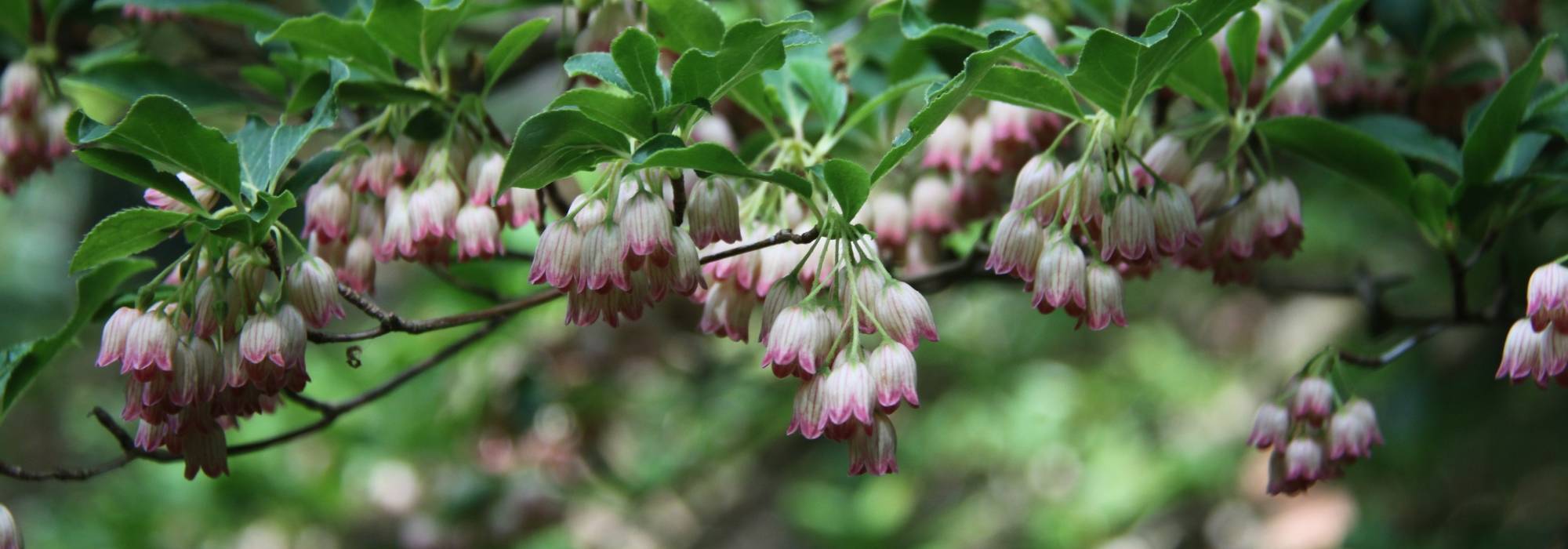Enkianthus
Would this plant suit my garden? Set up your Plantfit profile →
Available in 1 sizes
Available in 2 sizes
Available in 1 sizes
Available in 1 sizes
Available in 1 sizes
Enkianthus, known in our gardens as Enkianthus campanulatus, is a picturesque bush of heathland soil from the Ericaceae family, native to Japan and southern China, related to Pieris to which it bears some resemblance. It is also called the campanulate Andromeda due to the shape of its flowers that appear in late spring, clustered in pendulous clusters. Sometimes forming, under optimal conditions, a small well-branched tree from the base, it is also decorative with its foliage that takes on superb autumnal colours before falling.
In our gardens, Enkianthus campanulatus slowly reaches up to 3 to 4m (10 to 13ft). There are dwarf varieties like 'Hollandia', which does not exceed 1.20m (4ft) in height, and are perfect for small gardens or for solitary use. Like Rhododendrons and Pieris with which it forms wonderful associations, Enkianthus thrives in partial shade, in a very acidic to acid soil (pH should be below 6.5), moist and rich in humus. Under these conditions, it proves to be a sturdy and reliable plant that will live for many years in the garden.
Haven't found what you were looking for?





































